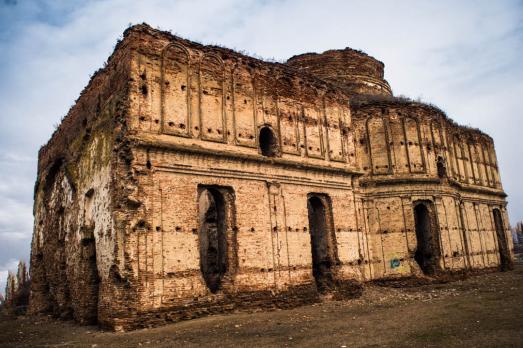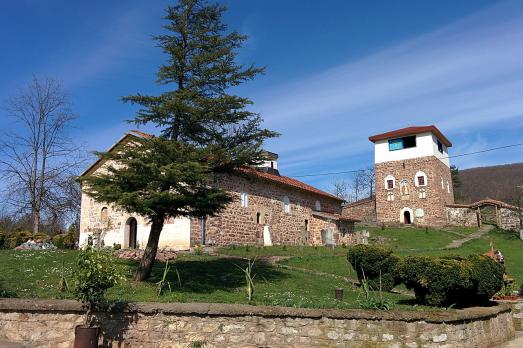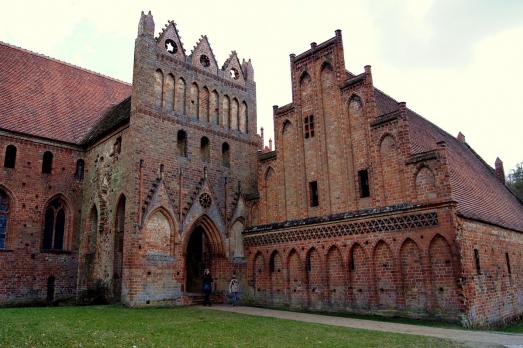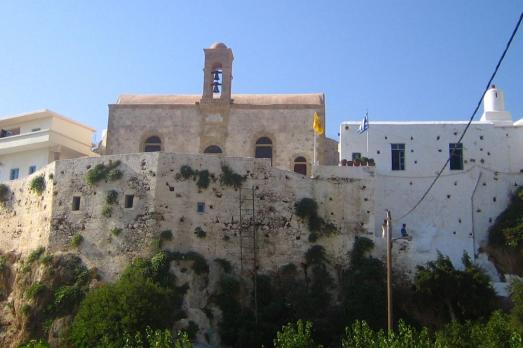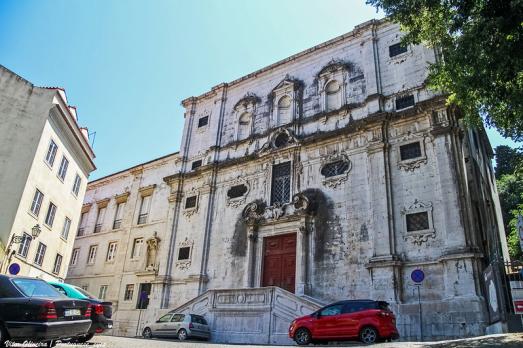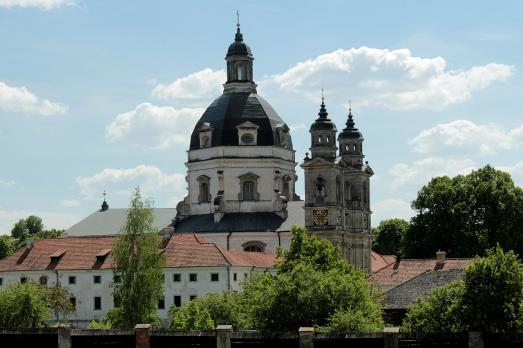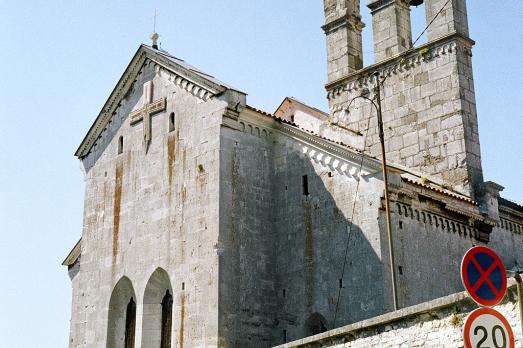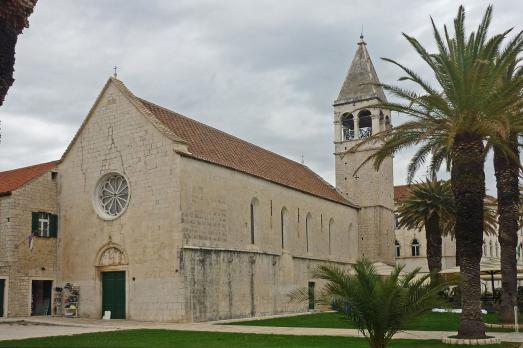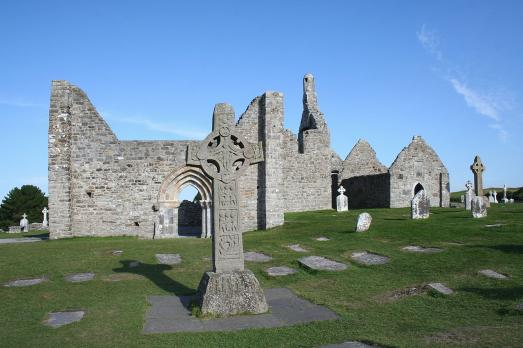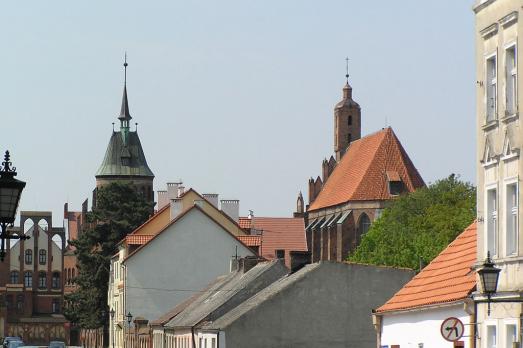
Chełmno Convent
Chełmno, PL
The Chełmno convent is a 13th century Cistercian monastery, now run by Benedictine nuns. The monastery complex includes the Gothic monastery with the medieval treasury and cellar, the 13th century Mestwin tower, the hospital building, the convent garden and the Gothic church of St. John the Baptist and St. John the Evangelist (1290-1330) with the crypt of Abbess Madeleine Mortęska .
